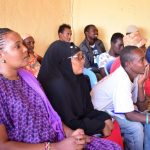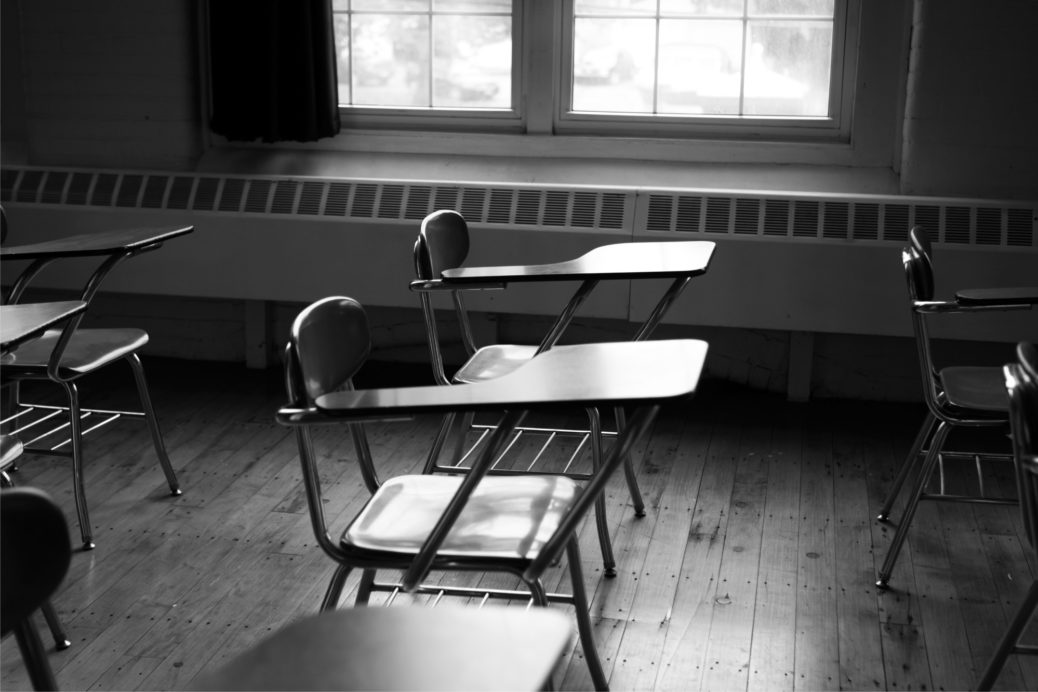By Dr. Judith Oloo
The Covid-19 pandemic has exposed many governments’ lack of adequate strategies for the protection of children, especially concerning economic, social and cultural rights. Since the first case was reported in Kenya, life has dramatically changed for many people, partly due to the measures put in place to control its spread which have, among other things, seen markets, schools and places of worship closed and movement restricted.

The pandemic affects everybody, including children, who are among the vulnerable groups in society. Children remain anxious about their future, just like adults.
Although statistics show that the number of children infected with the virus is lower than in other age groups, they continue to suffer its effects. For instance, being out of school, children are more likely to suffer domestic violence, directly and indirectly, child labour, stress due to isolation or excessive confinement, early marriage, teenage pregnancies and even female genital mutilation.
The UN Special Rapporteur on the sale and sexual exploitation of children warns that a reported surge in violence against children and new forms of sexual exploitation and abuse during lockdowns will have lifelong implications for millions worldwide.
Also, children are likely to be orphaned due to Covid-19, leaving them even more vulnerable to the aforementioned negative consequences. For children from marginalised groups, the global health crisis is likely to have longer term and far-reaching consequences.
Faced with this reality, WHO calls for a “whole-government-whole-society’ approach to mitigate this crisis. The Human Rights Watch goes a step further to invite governments to act urgently to protect children, not only during the pandemic but also to consider how decisions made now will best uphold children’s rights after this crisis.
Looking out for the best interests of the child in these circumstances would be a milestone in the protection of children during this pandemic. Even though ‘best interest’ of the child is not defined by the law and is dependent of circumstances of each case, it is understood as “the right of a child to be provided with shelter, food, clothing and education”
The United Nations Convention on the Rights of the Child provides that: “In all actions concerning children, whether undertaken by public or private social welfare institutions, courts of law, administrative authorities or legislative bodies, the best interests of the child shall be a primary consideration”.
The same has been reiterated in the African Charter for Peoples’ and Human Rights, as well as in the Universal Declaration of Human Rights.
The drafters of our Constitution made children’s rights a priority when they stated that the best interests of a child are the overriding concern when it comes to any matter affecting a child. Also, the African Charter on Rights and Welfare of the Child states that a child’s best interests, welfare and considerations are paramount in making decisions on matters affecting children.
Passive players
Upholding the principle of the best interest of the child is likely to influence a better outcome of the pandemic. My analysis of ‘best interest of the child’ in the context of the current global health crisis can be looked at in three perspectives.
First, the voices of children and young people must be heard. In making decisions that affect them, the government should listen to their insights to understand their realities, and the decisions made should be guided by such input.
For instance, it is very important that voices of children be heard when deciding whether or not to reopen schools and religious institutions. In this day and age, children are no longer passive players in the rights space. We must move away from the old school frame of mind in which the government and parents or guardians make decisions on behalf of children without consulting them. Children must not only be called to the table where issues affecting them are discussed, but their opinions must count.
Second, as the government evaluates what measures to employ to combat the effects of the disease, measures that have both positive and far-reaching effects on children should be prioritised. Comprehensive mapping is paramount to assess the magnitude of this crisis on the most vulnerable children, including refugees, displaced, homeless, migrants, minorities, slum-dwellers and children living with disabilities or living in the streets. This is in the spirit of the Sustainable Development Goals’ clarion call of ‘leave no one behind’.
Recognising the importance of this, Unicef recommends that governments, authorities and other partners work together to ensure child rights and child protection measures are embedded in the immediate Covid-19 response and longer-term recovery planning. And so while it is important that normalcy resumes, the government should err on the side of caution to make sure this is done in a gradual, cautious and systematic way to root out the possibility of children suffering more than they already have.
Finally, through budgetary allocation, the government must protect children’s rights to food and shelter and other basic needs by cushioning parents who may not be in a position to provide these. Further, the current social benefits and social protection nets should prioritise low-income and vulnerable communities and families to alleviate collateral damage to children.
President Uhuru Kenyatta in his speech on June 6, 2020, laid down ‘irreducible minimums’ for re-opening the country. In the same vein, there should be specific irreducible minimums for the protection of children and a budget to achieve the same. By upholding the best interests of children in these uncertain times, we reduce their vulnerability and at the same time, build a sustainable future for them.
Dr Oloo is CEO, East Africa Centre for Human Rights, and head of Public Law at the JKUAT School of Law
This article was first published by the Standard Media





